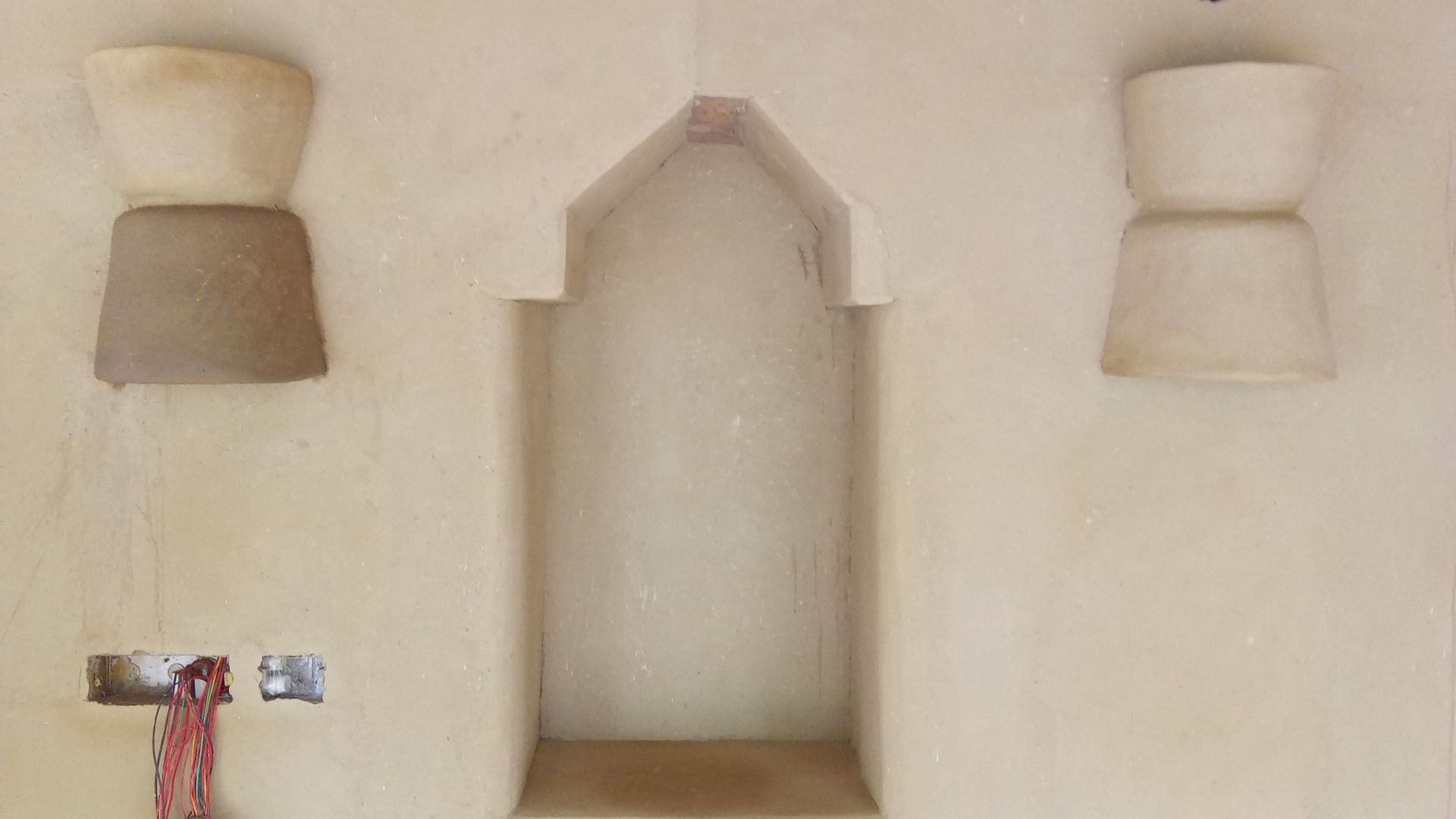- Tiny Farm Friends
- Posts
- Why Natural Building is making a comeback
Why Natural Building is making a comeback
Tiny Insights for building naturally, building beautifully.

No.109 — Read old posts on Tinyfarmlab.com
Reading Time 5 minutes
Something is unsettling
about the way our cities gleam.
The glass towers,
the concrete shells,
the air-conditioned rooms.
They all speak of progress.
And yet, they breathe uneasily.
The way we build today harms
both nature and ourselves.
Climate change has made life harder everywhere.
In cities and in villages.
Stronger storms.
Cloudbursts.
Rising seas.
Wildfires.
Heat waves.
Architects and engineers are trying to protect us.
But often, the quick fixes create new problems.
When it gets hot, we use more air conditioners.
They keep us cool but release more heat.
They use more energy.
And they make the planet even warmer.
Our cities shine with progress,
but they carry the weight of pollution,
waste,
and disconnection from the natural world.
The materials that built this “modern” world,
cement, steel, plastic,
have also built our crisis.
The construction industry alone causes
around 40 percent of global carbon emissions.
Cement adds nearly 8 percent of that.
And sand,
the second most used resource after water,
is being mined so fast that rivers
and coasts are collapsing.
When buildings grow old,
we tear them down.
We throw them away.
Modern materials are complex,
hard to repair,
and expensive to recycle.
We’ve turned architecture into something disposable.
Rediscovering What We Already Knew
The solution might not be new.
It might already be buried in our soil.
The future of building lies in using materials
that are non-toxic,
non-polluting,
and can safely return to the earth.
Mud.
Stone.
Straw.
Lime.
Bamboo.
Wood.
Simple materials that feel alive.
When used with skill and modern understanding,
they can create buildings that are
sustainable,
comfortable,
and full of character.
What Is Natural Building
Natural building is the art and science of
creating shelters with materials found in nature.
They need little processing
and can safely go back to the soil.
But it’s more than a construction technique.
It’s a way of living lightly.
It’s about using what’s around us.
Building spaces that breathe,
respond to climate,
and connect us to the land.
It takes wisdom from traditional architecture,
where design grew from the rhythm of the place,
and pairs it with modern tools and engineering.
Techniques That Are Coming Back
All over the world, these old methods are returning.
Cob building uses clay,
sand, straw, and water,
mixed and shaped by hand into strong,
curving walls.
Adobe uses sun-dried bricks
that store warmth and age beautifully.
Wattle and daub combines bamboo or wood strips
coated with mud plaster.
Light and breathable.
Rammed earth compacts layers of soil into
stone-like walls that can last for centuries.
Lime plaster lets buildings breathe
and prevents moisture damage,
unlike cement that traps it.
Bamboo is fast-growing,
strong,
and an elegant alternative to steel in tropical regions.
Natural does not mean primitive.
It means intelligent.
It means learning from the earth again.
Why Build Naturally
Natural buildings are good for the planet and for us.
They reduce carbon emissions.
They regulate temperature naturally.
They stay comfortable year-round.
They create healthy homes.
Walls that breathe.
Air that feels fresh.
Spaces that calm the mind.
They support local economies
and revive traditional craft.
They give people the power to build their own homes again.
They are beautiful too.
Every mud wall and lime finish carries the mark of human hands.
These spaces have warmth, texture, and soul.
And when their time is done, they return to the earth.
No waste.
No harm.
The Challenges
Still, natural building faces resistance.
Many people think mud houses are weak or temporary.
That they belong to the past.
But they don’t.
Many earthen homes across India, Africa,
and Europe have stood for hundreds of years.
The problem is not the material.
It is the lack of skill, awareness, and trust.
Few architects today are trained to build with earth.
Building codes do not recognize these techniques.
People assume natural homes need more maintenance.
In truth, they only need good design.
A solid foundation.
A roof with overhangs.
And breathable finishes.
There is also a belief that natural buildings cannot be luxurious.
But this is changing.
Across the world, natural homes, resorts,
and community spaces are showing
how elegance and ecology can coexist.
Building a Future That Breathes
To build differently,
we must think differently.
It is not about replacing cement with mud.
It is about changing our relationship with materials.
Architects, builders, and homeowners must work together.
Blending old wisdom with new technology.
We need more workshops, training, and awareness.
We need universities to teach it.
We need governments to support it.
If the last century was about concrete and glass,
this one must be about earth and light.
Buildings that breathe.
Buildings that blend.
Buildings that belong.
Natural building is not about going backward.
It is about moving forward.
Toward a future where progress and the planet can coexist.
Would you live in a home made of earth, straw, and lime if it lasted a hundred years?
What holds us back from trusting the materials that built our past?
Love,
Raghav and Ansh
P.S. : If you are on LinkedIn, let’s connect.
You can read our latest post here.
What you can watch -
What you can listen to - The past informs the present, the present informs the past - Caroline Nicolay - BS120
What You Can Read - An Overview of Natural Building Techniques
If you found value in this newsletter, please consider sharing it with a friend.
Tiny Farm Friends Newsletter.
Every Sunday, we share tiny valuable lessons to help you transition to the countryside and build naturally.


